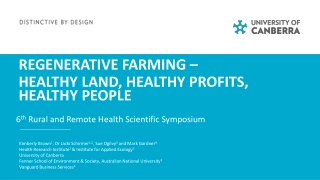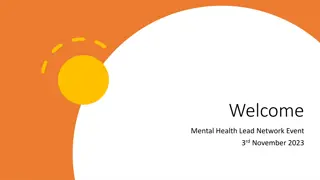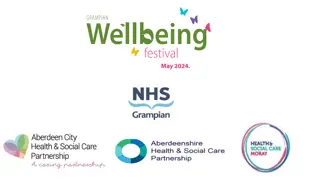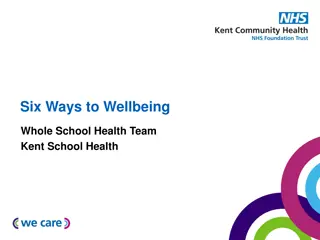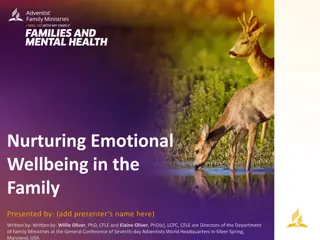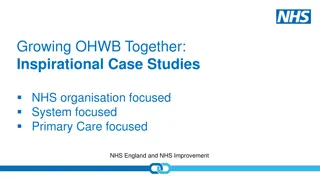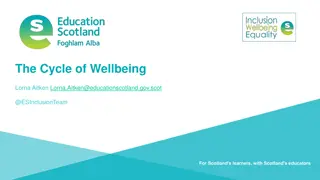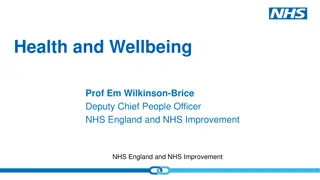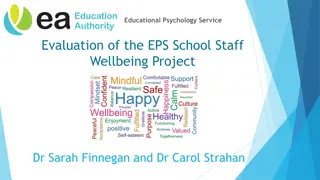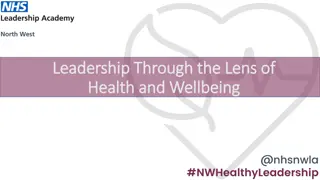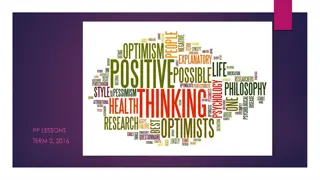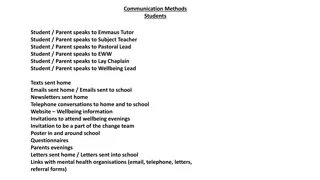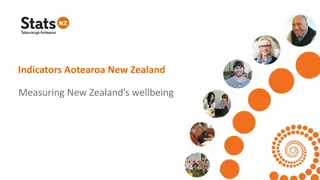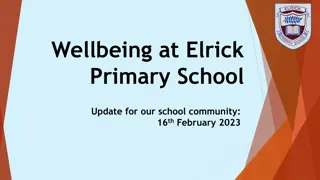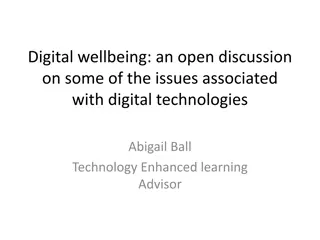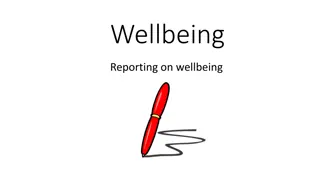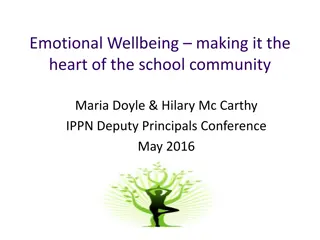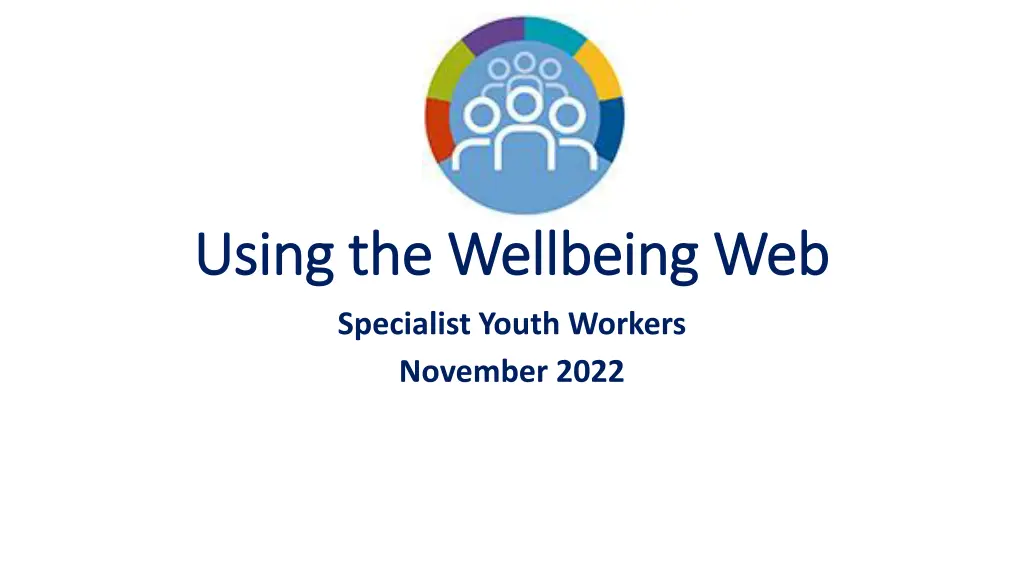
Understanding Wellbeing Web for Youth Workers in Scotland
Learn about the Wellbeing Web, a tool in the GIRFEC program promoting child welfare in Scotland. Discover how it supports growth and change for children and young people, helping them reach their full potential.
Download Presentation

Please find below an Image/Link to download the presentation.
The content on the website is provided AS IS for your information and personal use only. It may not be sold, licensed, or shared on other websites without obtaining consent from the author. If you encounter any issues during the download, it is possible that the publisher has removed the file from their server.
You are allowed to download the files provided on this website for personal or commercial use, subject to the condition that they are used lawfully. All files are the property of their respective owners.
The content on the website is provided AS IS for your information and personal use only. It may not be sold, licensed, or shared on other websites without obtaining consent from the author.
E N D
Presentation Transcript
Using the Wellbeing Web Using the Wellbeing Web Specialist Youth Workers November 2022
GIRFEC & Wellbeing Web GIRFEC & Wellbeing Web Getting It Right For Every Child (GIRFEC) is a Scottish Government programme which promotes integrated working and partnership between professionals and families to provide the right help for a child or young person at the right time. Local authorities, including all statutory and voluntary agencies, are required to work in this way. Together, they can ensure that Scotland s children and young people meet the wellbeing indicators of being safe, healthy, active, nurtured, achieving, respected, responsible and included; and can achieve their potential.
Wellbeing Web Wellbeing Web The wellbeing web is an interactive discussion to support and assist growth and change, as well as measuring outcomes. Using the wellbeing web enables children and young people to recognise where they are, where they would like to be and what steps they need to get there. The wellbeing web has been designed to be simple to use and understand, and uses the Getting It Right indicators of wellbeing. The wellbeing web is designed to be used as soon as possible after a new individual becomes involved with the service. It helps to create a baseline to measure progress and change.
Introducing the Wellbeing Web Introducing the Wellbeing Web Tell the child or young person how the information will be used; in planning and supporting them, but also collated anonymously to highlight the impact of the Specialist Youth Work Service. Give the child or young person a copy of the web to keep for themselves Provide a sample of a completed web to show how it can help outline a change from the period of initial assessment to review. Need to consider how parents/school fits in?
Wellbeing Web Wellbeing Web Take a blank copy of the wellbeing web and at least two different coloured pens. The wellbeing web has eight points which each reflect an indicator of general wellbeing : I am safe, I am healthy, I am achieving, I feel nurtured, I am active, I feel respected, I am responsible, I feel included. Each indicator has an associated prompt card.
Wellbeing Wellbeing Web Work together to choose a starting point on the web and use the scaling key to plot where the individual thinks they are (between 1 and 10). Ask some open questions such as : Tell me why you are at this point in the scale? Tell me why you are feeling this way? What s happening to you at this point? Can you tell me more about this?
Wellbeing Web Wellbeing Web It is important to emphasise that there is no right or wrong answer. Completing the wellbeing web should happen during natural discussion. It may be completed in one session or in more than one session. Try to arrive at a mutually agreed point on the scale through discussion or identify why perceptions differ. Children and Young People should be active partners in the process and their score should be their own perception. If mutual agreement cannot be reached then record both points on the wellbeing web in a different colour
Wellbeing Web Wellbeing Web Use the notes section (Appendix 1) to record reasons for agreement or disagreement. Discussing the content of this record can help the practitioner and individual understand the need for change. Once each of the areas of the web has been addressed, join the numbered points to create a shape. The shape will provoke a discussion. Questions the worker may want to ask are : What aspects of the child s or adult s life are working well? What areas are holding them back? What does the overall shape tell them? What would they like to address in the plan of the work?
Wellbeing Web Wellbeing Web Use the action plan template (Appendix 2) to develop an action plan with the individual, to identify key areas of work and to specify outcomes. Priority areas can then be used to inform a review of the child s action plan. Agree how often the wellbeing web will be reviewed, for example every three months. Copy the web for the individual.
How to review outcomes using How to review outcomes using the Wellbeing Web the Wellbeing Web Take a fresh copy of the web and follow the steps above. This should be done without reference to the previous readings. This way the previous readings will not influence the review. Add the new scores to the previously completed wellbeing web and join them using a different colour to see how the shape has changed. Discuss the overall picture and how this has changed since the last review. The aim of reviewing the wellbeing web is about identifying key areas for change (both areas of strength and areas of pressure) and not about striving to progress to number 10 on the web! In many cases, there will be little movement and the desired outcome may be for maintenance and not progress.
How to review outcomes using How to review outcomes using the Wellbeing Web the Wellbeing Web Questions to ask : What has changed both positively and negatively? How do you feel about what you see? Does what you see on the web fit with your own sense of how things have changed? In light of the wellbeing web, what goals would you like to set for the coming weeks and months? When positive changes occur (or when progress is maintained), reviews of the web can be helpful in reinforcing positive change. Where there is regression in an area, the discussion should focus on what needs to change and what is achievable in order to reach a desired outcome.

